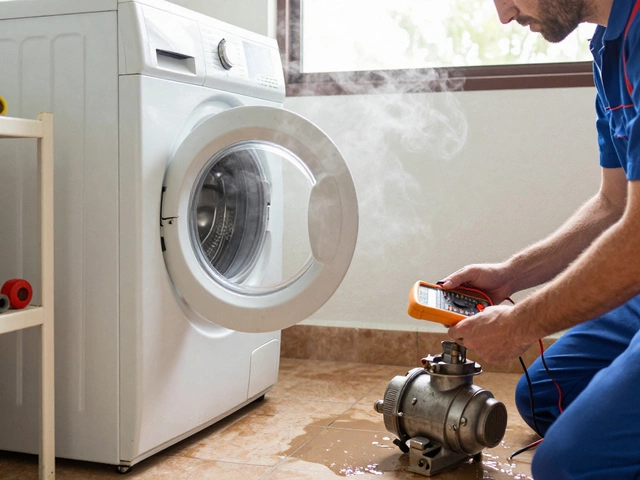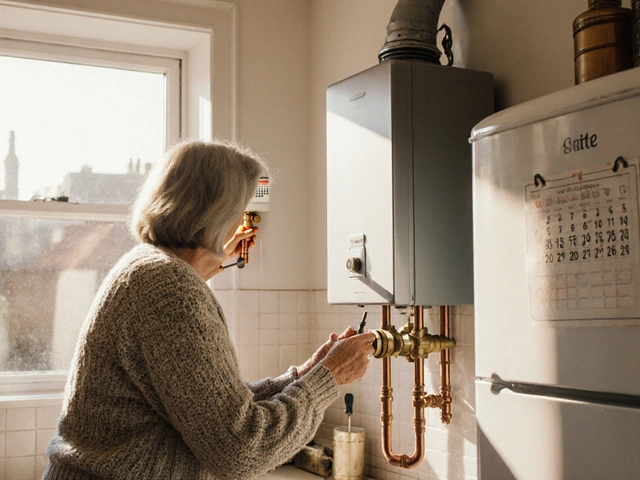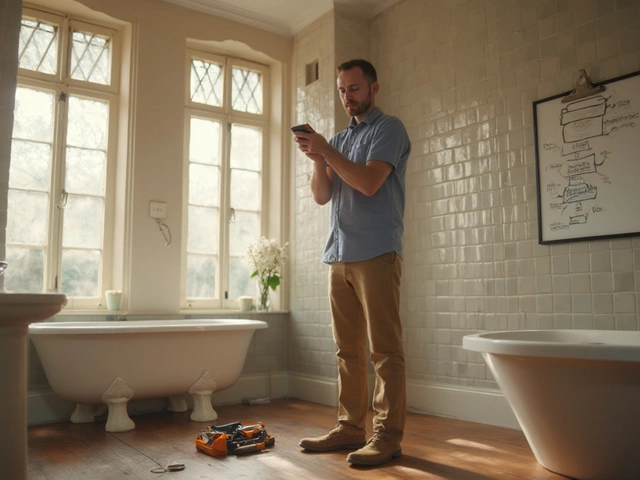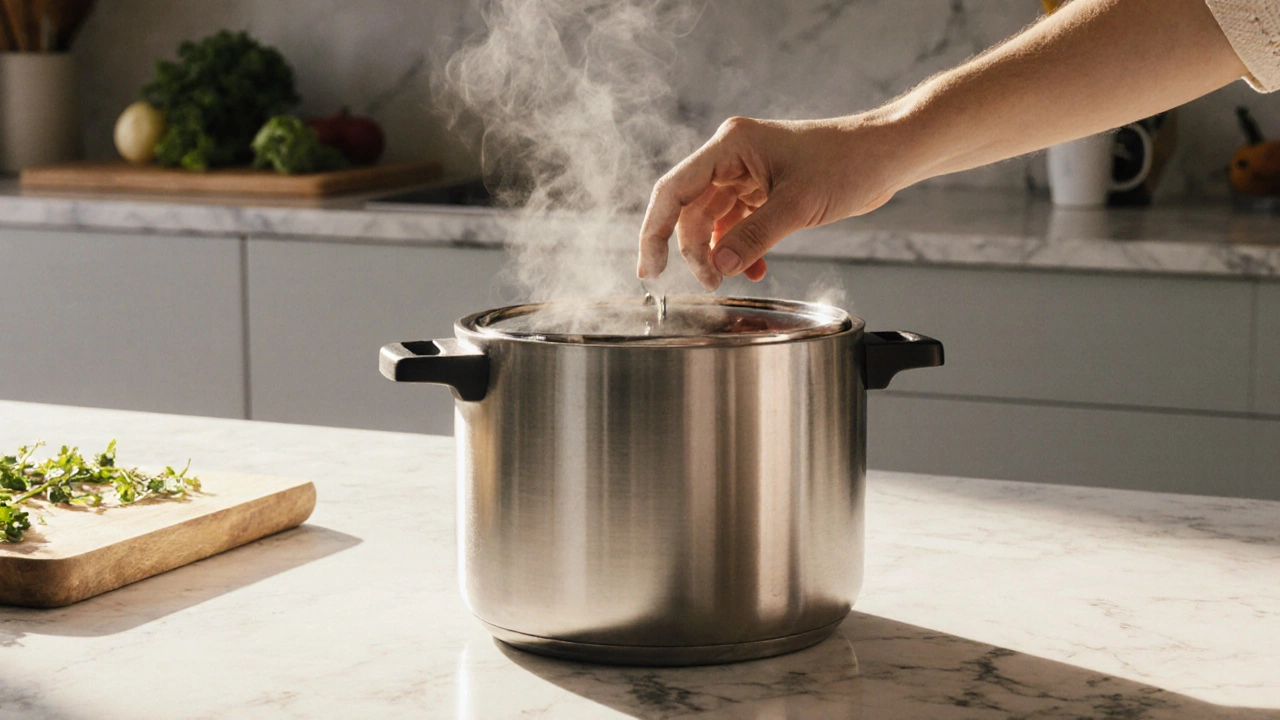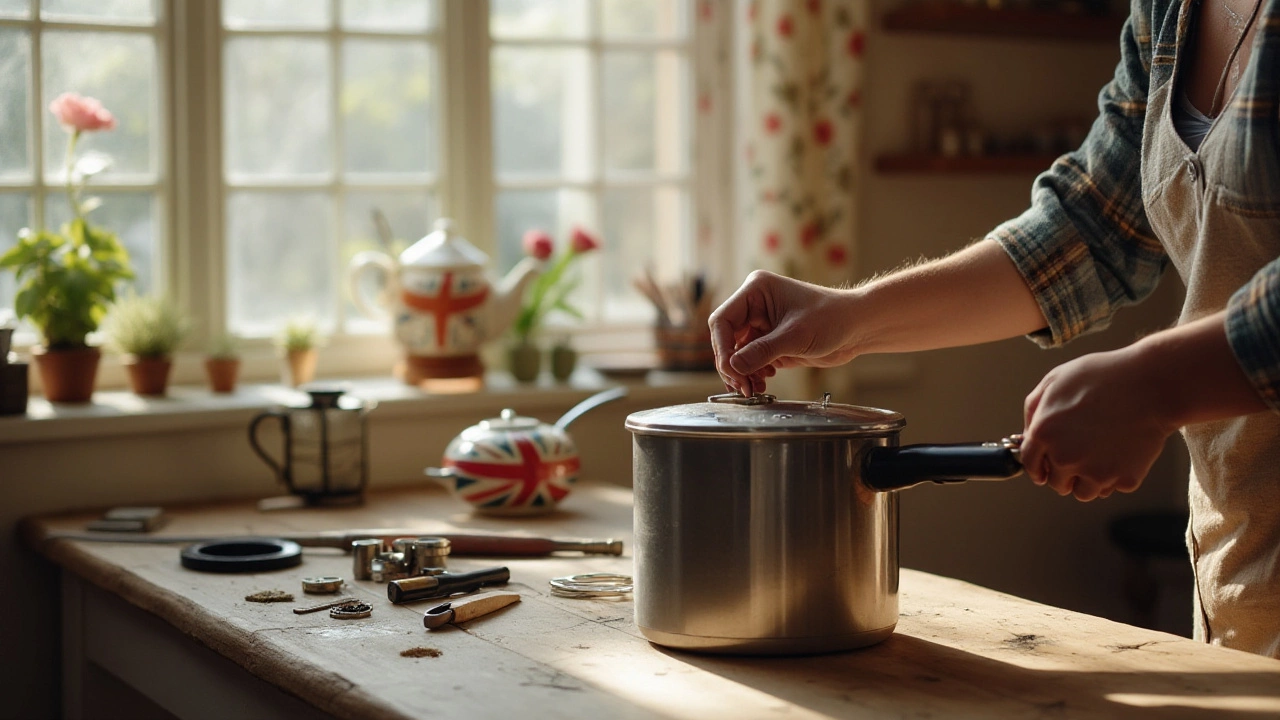Pressure Cooker Repair – What You Need to Know
If your pressure cooker won’t build pressure, whistles forever, or leaks steam, you’re probably looking at a repair. Ignoring the problem can waste food, raise safety risks, and cost more in the long run. Luckily, most issues are fixable without buying a brand‑new unit.
Common Problems and Quick Fixes
First, check the sealing ring. A cracked or warped gasket lets steam escape, so the pot never reaches pressure. Replace the ring – they’re cheap and fit most models. Next, look at the pressure valve. If it’s stuck or clogged, the cooker may whistle nonstop. A simple clean with a soft brush and some hot water often does the trick.
Another frequent hiccup is a faulty safety plug. This little piece stops the lid from unlocking under pressure. If it’s bent or stuck, the cooker won’t open after cooking. Gently tap it with a wooden spoon or replace it if it’s damaged. Finally, watch the locking mechanism. Bent lugs or worn threads keep the lid from sealing properly. Tighten any loose screws and replace worn parts as needed.
When to Call a Pro
Some repairs demand a trained eye. If the cooker’s internal pressure sensor is defective, you’ll need a professional to calibrate or replace it. Electrical models with heating elements also require safe handling – working with live wires isn’t a DIY job. And if you notice rust inside the pot, that could affect food safety, so a technician should assess the severity.
Our Rugby technicians know these models inside out. They can diagnose issues fast, source genuine parts, and get your cooker back to work in a few hours. We also offer same‑day service for urgent fixes, so you won’t miss dinner plans.
Choosing the right repair service matters. Look for a company that’s local, has certified technicians, and offers a clear warranty on parts and labor. Rugby Appliance Repair Services checks all those boxes. We’ve helped hundreds of households keep their pressure cookers humming, and we stand behind every repair with a 12‑month guarantee.
Cost is another concern. A simple gasket replacement might cost as little as £15, while a full valve overhaul could be around £50. More complex sensor work can run up to £120, but it’s still cheaper than a new cooker, which often starts at £120 and goes much higher for premium brands.
Before you schedule a visit, gather the model number (usually on the lid or base) and note any error codes the cooker displays. This info helps the technician prepare the right parts and speeds up the repair.
In the meantime, keep using the cooker safely. Never fill it beyond the max line, always check that the lid locks fully, and let the pressure release naturally if the safety valve isn’t working. These habits protect both you and the appliance until a professional can look at it.
Ready to get your pressure cooker cooking again? Call Rugby Appliance Repair Services today. Our friendly team will book a slot that fits your schedule, send a qualified tech, and have your kitchen back on track without hassle.

